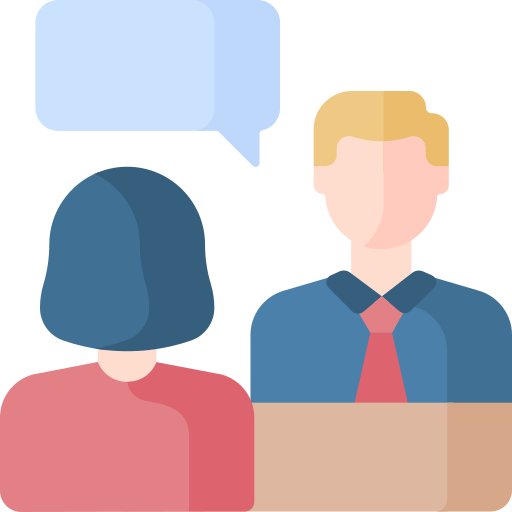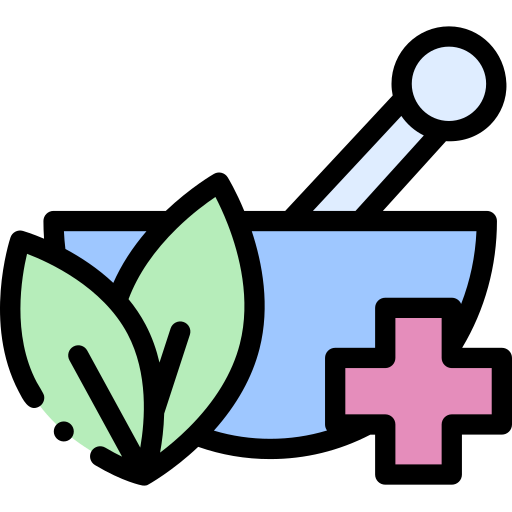Trending

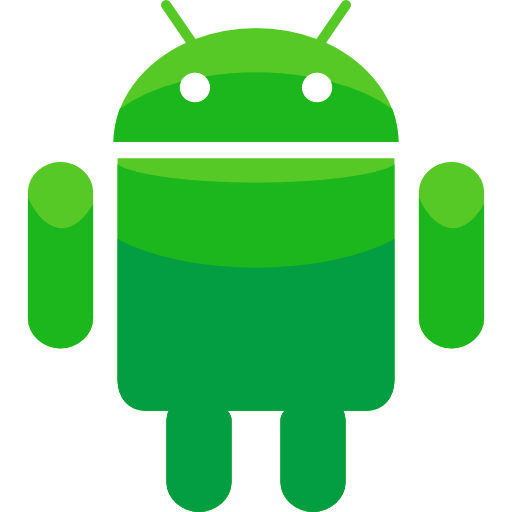
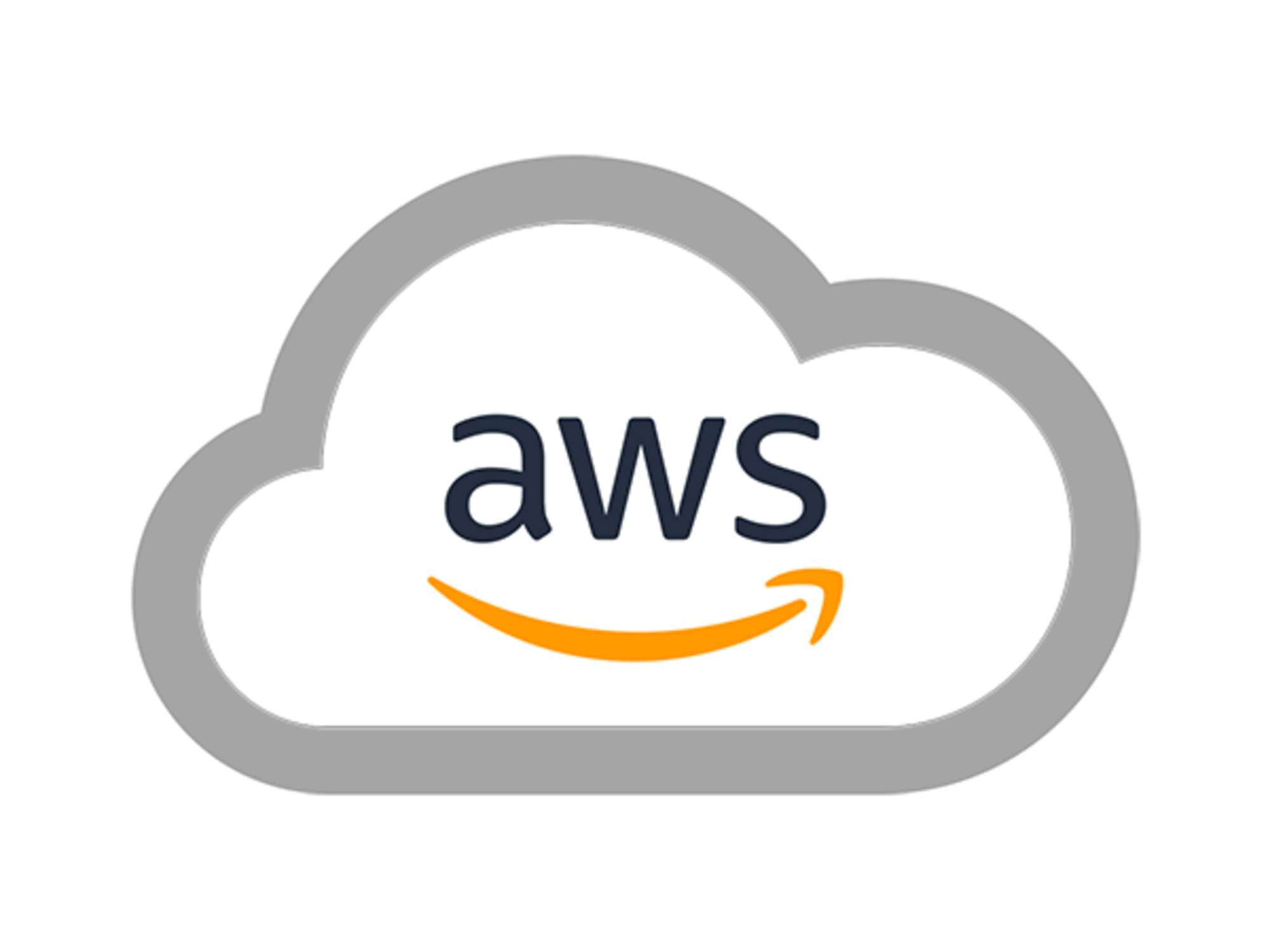
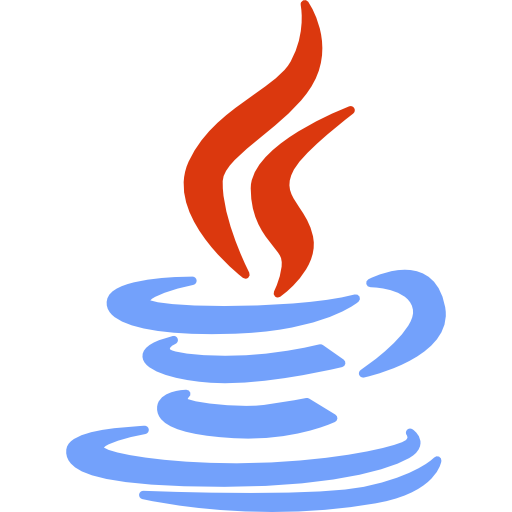


IT Differences FAQs
This post lists the IT Differences FAQs (Frequently Asked Questions and answers) also a collection of many IT Differences FAQs .
Let us understand the difference between Block storage and object storage on the basis of performance, geography, scalability, analytics etc...
Block Storage Vs Object Storage
|
Block storage |
Object storage |
|
With transactional data and databases block storage gives a powerful performance |
Object storage gives great performance with huge content and high flow throughput |
|
The distance between application and storage affects the response time |
Data can be saved in many regions without affecting response time |
|
It has limited scalability due to the need for addressing |
It can scale to petabytes boundlessly |
|
Does not allow metadata |
It allows data to be retrieved and organised efficiently which means that it has customizable metadata |
|
It allows the file to be separated into individual blocks and each block contains the address and so it does not require to be stored in a specific file structure. |
Object storage on the other hand will take each part of the file and make it an object. This data will then be stored in separate storehouses bundled together with related metadata and a unique identifier. |
|
Protocols used are SATA, SCSI, Fibre Chanel |
Protocol used is SOAP and REST over HTTP |
|
The main characteristics are high speed, low latency, redundancy etc |
The main characteristics are cost reduction, infinite scalability, resource optimization, faster data improvement etc |
As the internet has become an essential part of our lives, email and Gmail are commonly used mediums for communication. It not only is used to communicate via text but can also contain video, images, and documents in many formats.
Let us discuss these two tools below:
What is an Email?
It stands for electronic mail which is used to communicate digitally over the internet using laptops, computers, and smartphones. Email services are provided by many different service platforms like yahoo mail, Hotmail, etc. It also provides an inbuilt facility of the text editor to create compose and send new emails. Users are free to create more than one email accounts for communication purposes. Every user must have a unique email address for communication. Some features of email are
- It is free to use.
- One can send and receive various emails.
- Allows us to attach video, images, documents, etc.
- Helps to digitally store resources.
- Provides paperless communication.
What is Gmail?
It is one of the email services used to send and receive messages via the internet. It is designed by Google. It can be used on various platforms like android Windows etc. It provides each user with 15 gigabytes of free data storage. However, the protocol used by Gmail is different from other email services.
POP-(post office protocol)enables users to download emails and attachments.
IMAP-enables user to access their email account from different devices. Some important features of Gmail are
- The security feature is much more advanced than other email services.
- Helps to detect the virus.
- The spam filter automatically moves emails to the spam folder.
- User can personalize their account like color, theme background, etc.
- Single Gmail id can be used across Google play, youtube, Google docs, etc.
Let us now analyze the differences
|
|
Gmail |
|
Email means electronic mail. |
Gmail means Google mail. |
|
Security features are not strong enough. |
Security features are very strong. |
|
Advertisements are not a part of email. |
Advertisements are included. |
|
The scheduling feature is not available. |
The scheduling feature is available. |
|
Sync time is every 4 hours. |
Sync time is every hour. |
|
Difficult to configure. |
Very easy to create an account and use it. |
|
Customizing features like themes etc is not available. |
Various customizing features are available. |
What is Emulation?
It means to emulate or copy the functioning of other programs or systems. In computing, a world emulator is a software or hardware that enables one device to function like another device. The emulator system can be accessed remotely and allows users to easily run programs that have become redundant in the available system.
What is Virtualization?
It refers to creating a virtual instance of the server, desktop, operating system, etc. Dedicated hardware is required to run virtual machines. A single physical device can be split into separate entities through virtualization. It helps us in creating several computer simulations from the host with dedicated resources.
Let us now understand the difference between the two in a better manner:
|
Emulation |
Virtualization |
|
Requires an interpreter to translate the source code. |
It can directly execute the code that is available in various languages. |
|
A software connector is required to access hardware. |
Hardware can be accessed directly. |
|
It is Cheaper. |
Costlier than Emulation. |
|
Emulators are slower. |
Virtual machines are quick in operations. |
|
Does not provide the backup feature. |
Provides backup feature. |
